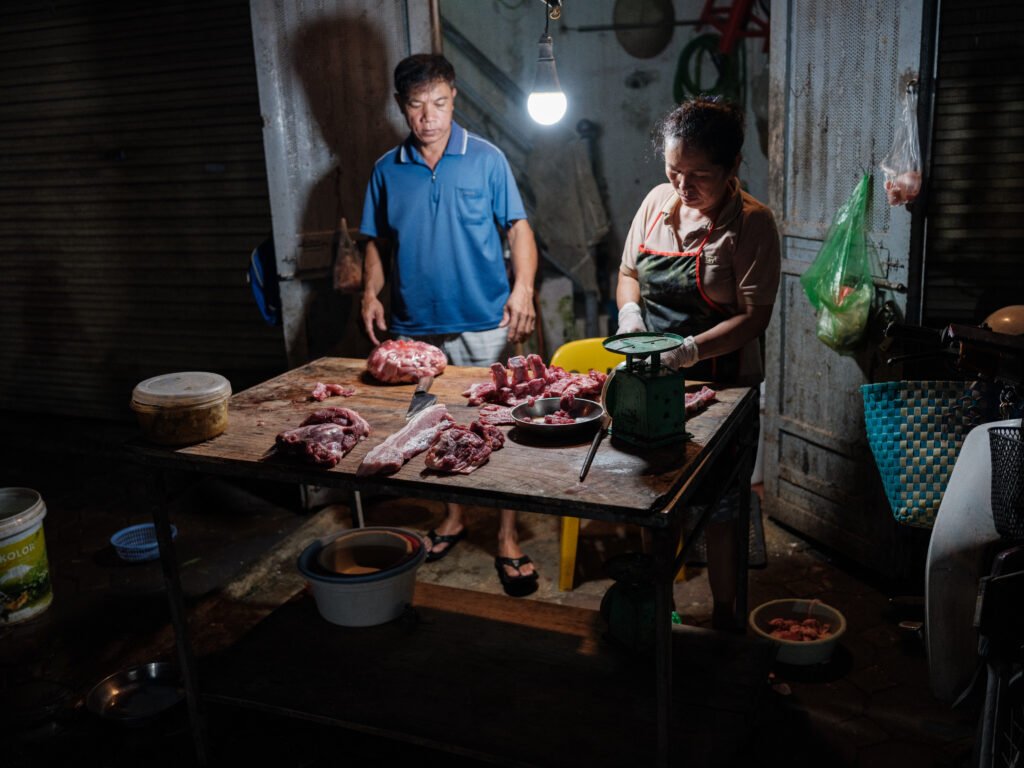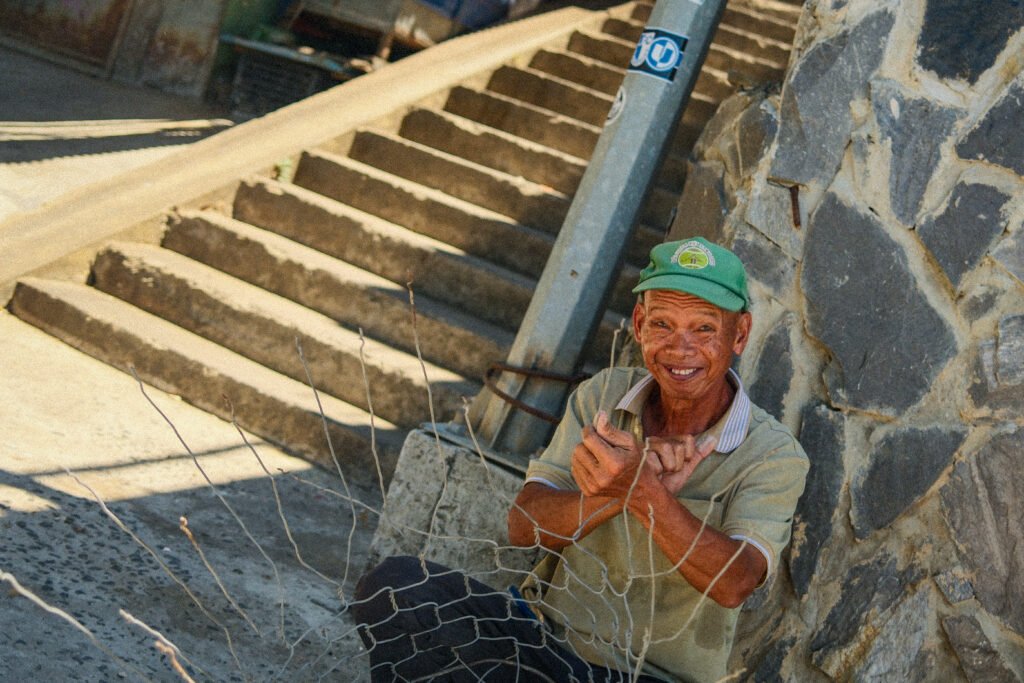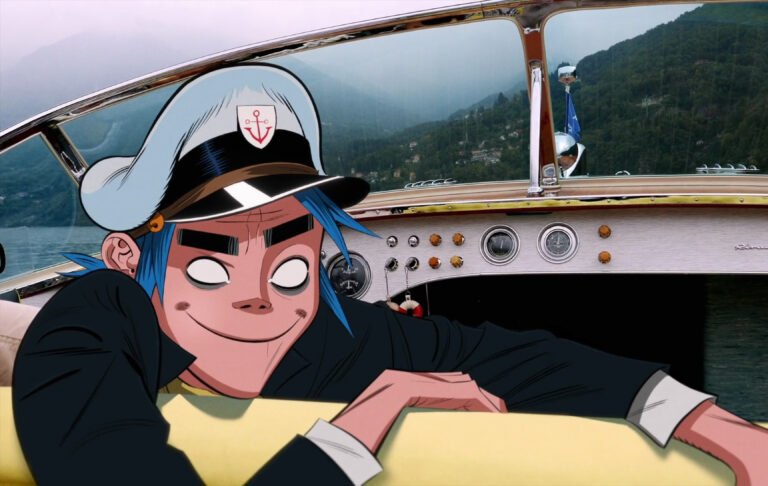Searching for the Utility of Art
Little shellacked tree stumps sat scattered around the floor and steps under a Pace Gallery nameplate that read Maya Lin. My eyebrows pulled my bottom lip up to my flared nostrils. My hands clasped a map of the gallery that was basically just a blueprint of my confusion. My eyes half mast, I lumbered towards a spiral column of sort of dusty stacked CDs. This was the bleeding edge, and there I was, smack in the middle of it.
No, the utility of art is often lost on me, and I peer longingly, with a prognathous brow and underbite, through glass at the fully-formed souls who can decipher it.

One late night, I hunched restlessly, puzzling over a jpeg of the stumps. Three sections of the Wikipedia page down, two sweat cloths soiled, I saw her name again, this time listed under the recipients for the Presidential Medal of Freedom. There, the sweating turned serious.
I get that art can speak without words, be beautiful or plain or even ugly, whatever. It can cause chaos and peace, and we could go on about this all day. But at the bare minimum, I understand art as a creative way to express an idea. Not all ideas are best told; some are best shown, and others are best experienced. These ideas can drive people to form opinions, feel emotions, uncover truths, and sometimes take action.
There are times I see a great painting or hear a great song, and I can’t explain what pieces of it make such an effect on me. I just know there’s something special about it, and I’m obsessed with learning how that works.
I looked right, I saw the Medal of Freedom with portraits of Bill Gates, Daniel Kahneman, and Oprah in blurred periphery. I looked left, I saw stumps. I had to figure out what an artist could have possibly done to get on that list, and not just our greatest hits like Warhol or Basquiat or Ross but a name I’d never even heard.
So, I started with war.
Understanding Maya Lin from studying the Vietnam War
I learned that 1959 marked the first official US casualty in Vietnam. In 1965, President Lyndon Johnson launched Operation Rolling Thunder, initiating extensive bombing campaigns across North Vietnam. In 1968, the North Viet Cong launched the Tet Offensive, taking the South and the US by surprise with attacks on over 100 cities, bases, and villages. By 1969, over half a million US troops were deployed in a brutal conflict etched into the collective memory—a theater of unimaginable horrors.
The war’s true damage lay not just in its physical devastation but in the indelible impact on the human soul, leaving a generation scarred by the relentless brutality they endured. In 1973, US combat operations ended, and two years later, the war was officially over. Over 58,000 Americans died in the conflict. When troops returned home in 1975, often missing limbs or sanity, they faced protests and minimal veteran aid.
The returning soldiers found a world transformed. Their new president succeeding Nixon, was Gerald Ford who promptly survived two assassination attempts, including one by a follower of a new type of enemy, Charles Manson. They found VHS tapes, disco, and the first personal computer had marked the year. Jungle raiders gave way to corporate raiders and the yuppie generation. Interest rates and inflation saw record highs, but some vets went on to make great achievements, including the chairman of KKR, the founder of FedEx, and Oliver Stone. Many others did not.
The war would live on in infamy, nightmares, and cautionary tales. We’d seen the depths of our capabilities, and all memory of that conflict would surely carry appropriately grave decorum.
Making the Vietnam War Memorial
Then, in 1980, Maya Lin was studying architecture at Yale and submitted a design to a national contest for the Vietnam War memorial. She envisioned a quiet corner of sleek, black granite, sunken ten feet deep into the lawn at its lowest point–an approach stark enough to push Howard Roark to tears. That minimalist and unconventional design won among over 1,500 submissions.
As a young, female, Chinese-American student, her victory was met with controversy across several categories. Traditionally, war memorials featured heroic soldiers portrayed in upscaled realism or strong stately symbolism. This was not that. Many Americans felt guilt, shame, and anger over the war. They felt it was a moral failure, an embarrassment, a misstep of the US government. I can imagine those veterans wouldn’t want their memory hidden away underground and out of view. Many critics of Lin’s design, like veteran Tom Carhart, abhorred the memorial’s resemblance to “a black gash of shame and sorrow, hacked into the national visage that is the Mall.”
But, Lin agreed that it was a scar. She said her impulse was “to cut open the earth… an initial violence that heals in time but leaves a memory, like a scar.” Lin envisioned the memorial as “a park within a park — a quiet protected place unto itself, yet harmonious with the overall plan of Constitution Gardens.” She aimed to create a seamless interaction between the memorial and its natural surroundings, using polished black granite to reflect the images of the surrounding trees, lawns, and monuments. Lin’s design avoids traditional monumental architecture and instead uses the earth and natural light as primary elements so the memorial becomes part of the landscape rather than dominating it, a completely contrarian idea for a war memorial at the time.
The contest was anonymous, but surely every working architect and designer would want to contribute. What did the judges see that the critics missed? Lin’s undergraduate design must have triumphed over professionals with decades of experience. This was her first major work, but its motivations seem to have maintained throughout her life.
Understanding her background
During the 1960s, when the American forces were building in Vietnam, Maya Lin was protesting on the streets of Ohio. But, unlike most others who were making love, not war, she voiced out against Japanese whaling, aspiring to become a field zoologist. All these years later, Lin receives worldwide recognition as a multi-hyphenate: an architect, an artist, and an environmental activist. As far as I can tell, almost all of her work seems to boil down to one idea that seems pretty simple: we should appreciate our natural environment.
Is spreading that message, alone, worthy of the Medal of Freedom?
What makes Maya Lin an environmental activist?
The way I see it, you could go into public policy, you could start an enterprise for green initiatives, some people even chain themselves to trees as a form of environmentalism. However, Maya Lin’s approach was to terraform a field in upstate New York into rows of topographical waves, which is a method she’s replicated for many installations across the country. She called it the Storm King Wavefield, and it stands as an environmental reclamation site. Later, she spent three years building a Ghost Forest of dead cedar trees in Madison Square Park noting salt water inundation due to climate change. Now, seemingly her magnum opus, she’s working on a multimedia project called What is Missing? that serves as a memorial for extinct species and disappearing ecosystems.
Her works span sculpture, architecture, terraforming, drawings, digital renderings, and even generative art among other forms. Almost all relate back to our connection with the natural world and how it inspires us.
Is there a measurable impact on climate change issues from these efforts? How many children and adults who walked through the Ghost Forest were compelled to go on to prevent such things? Is there a direct result expected from these works? Is there even a concrete reason to make them as far as environmentalism is concerned? It’s not clear to me.
Learning from her installations
Just after the Ghost Forest was de-installed, I made my fateful visit to Pace Gallery in Chelsea, which has seven floors and a rooftop. Ascending the floors, you see contemporary works of all sorts, some striking, some challenging, but usually paint on canvas. On that particular day, I met the stumps, which I now know to be cedar. Each one was about a foot high, and there were maybe fifty all over the floor and the steps. The walls were lined with framed digitally generated drawings of roots on white paper. But of course, these were Ghost Forest seedlings, an evolution of the now-gone installation; Lin didn’t want the idea to die with the trees.
Near the exit, hundreds of cards were strewn across a table each highlighting a particular species that has gone missing along with solutions to biodiversity loss and greenhouse gas emissions. Those ranged from advancements in aquaculture to restoring our forest and wetlands. The actual execution on these goals included the expected energy efficiency, waste reduction, and sustainable farming but also radical applications like building wildlife corridors through freeways, using biochar as a sustainable fertilizer, and assigning a monetary valuation to ecosystem services through policy. I was refreshed to see someone suggest real solutions where many would just point to the problem.
Even just since the end of the Vietnam War, we’ve seen our natural environment change and increasingly threaten our way of life. The sea level is rising, threatening coastal nations like the Maldives. Extreme weather events and forest fires have turned entire regions and crops to ash, displacing humans and billions of animals. Warmer climates have expanded the reach of disease-carrying mosquitoes, spreading West Nile and Malaria. Fresh water is drying up, putting millions at risk. There’s a real urgency and coordination to protect ourselves; I haven’t even used a real straw in months.
Violence, chaos, and horror are constant. They can be lessened but never eliminated; they’re simply part of reality.
What is Maya Lin saying?
Yet, amidst all of that heaviness, beyond the activism, Maya wants to take a moment to appreciate the sheer beauty of the natural world. To live in awe of it. To share her awe.
That’s what hit me. I might just see the light, Elwood.
Time brings change. Mountains erode. Data gets lost. Animals go extinct. But strong memories last. If you can appreciate the things around you, learn them, and let them influence you, they’ll find their way to your work and through to generations who will never know their touch. Some people say that things live as long as the last person who remembers them. Each tree that falls becomes dirt for the next seed. Recycle, recycle, et cetera et cetera.
Learning First Hand in Vietnam

This summer, I traveled to Vietnam expecting to see coconuts and cheap t-shirts but also ghosts and scars of war. I assumed they would resent me. How could they not? I’d resent me. I resent myself already, and I didn’t even force myself into a dirt tunnel with fire and poison gas for apparently no good reason. What I found instead was a vibrant economy of hardworking, welcoming, and cheerful people. Their conflict with Cambodia ended in 1989. Now, roughly half of their population has never known war. Even the elders, some visibly marked by battle, were just as kind. What was once one of the fiercest, most gruesome conflicts had somehow made way for open arms.

My partner and I were walking down the palm tree lined cobblestone streets of Hoi An one afternoon, surrounded by other tourists perusing gift shops, when we came upon an elderly man sitting behind a basket of hard-boiled quail eggs with chili and tamarind, known as trứng cút lộn xào me. He looked up at us with a wide smile and a friendly light in his eyes, despite his physical condition. One of his eyes had turned white, and the skin on one side of his body bore the marks of burns. His remaining teeth were barely hanging on, and he seemed fragile enough to be carried away by the wind if he weren’t sitting down. We bought an egg, and he waved us on with a face full of gratitude. All I could think of were the waves of napalm, the clouds of Agent Orange, and the networks of tunnels through the jungle that he must have endured and yet still came out smiling.

We traveled for ten days through Hanoi, Da Nang, Hoi An, and what was once Saigon, thoroughly amazed and impressed by the abundant markets, lush foliage, and soulful people. I came to understand how their history had made them resilient, and I was humbled that it seemed it hadn’t also made them bitter. I foresee a very optimistic future for their people, their economy, and their peace. In retrospect, Maya Lin’s memorial seems fitting in this way, aiming not to make a fuss but rather to be in harmony.
To memorialize is human; to move forward is divine.
What can we learn from Maya Lin?
I can see that Maya Lin is an example of how the more perspectives we share, the more we pay attention, and the more we try to understand, the more progress we can make.
I might never sense the artist’s full intent, grasp all the curator’s notes, or manage to speak even conversationally with those fluent in art, but I will always keep looking, not for mastery, but for meaning; not for answers, but for understanding.
Explore more from Maya Lin
To explore Maya Lin’s works, visit mayalinstudio.com and consider supporting her foundation at whatismissing.org.
To join us as we discover new creative perspectives like Maya’s, visit soundplume.com and subscribe to our newsletter.
To support this page, please consider visiting the merch shop. Thank you very much.




